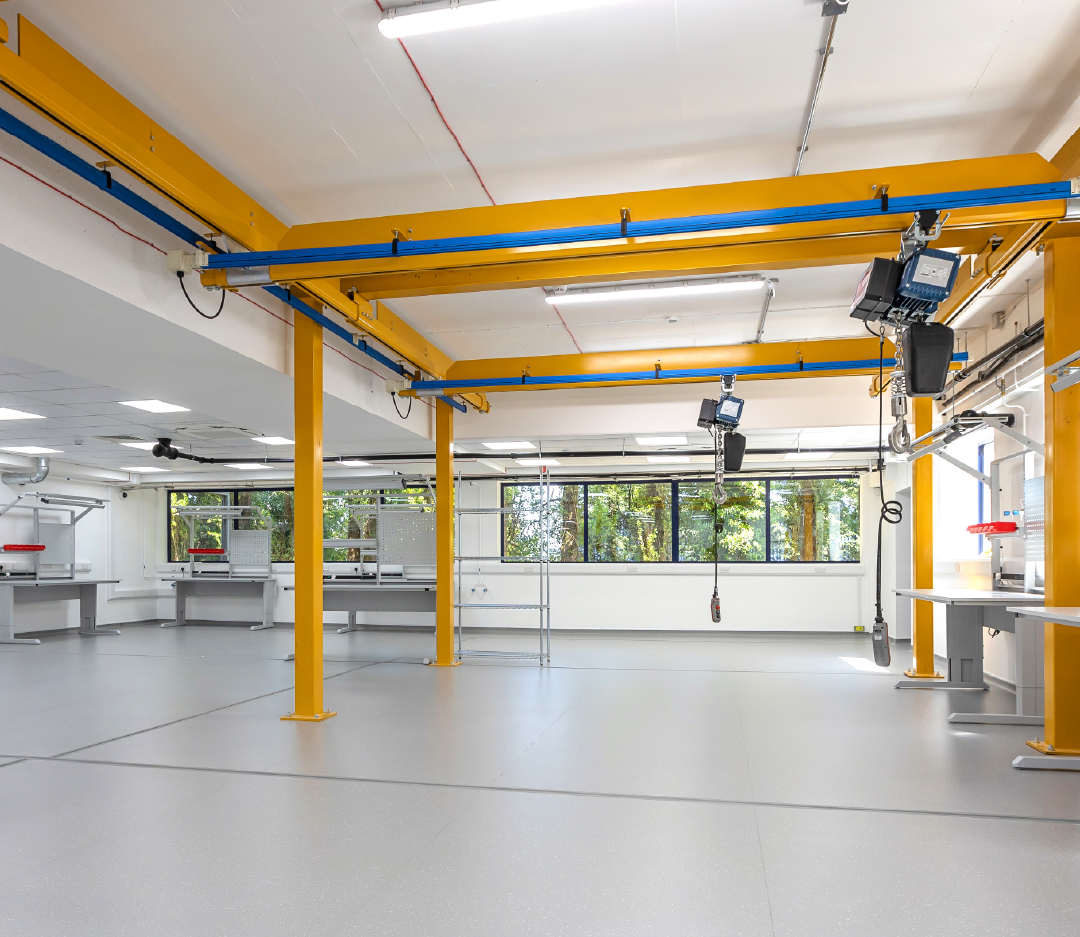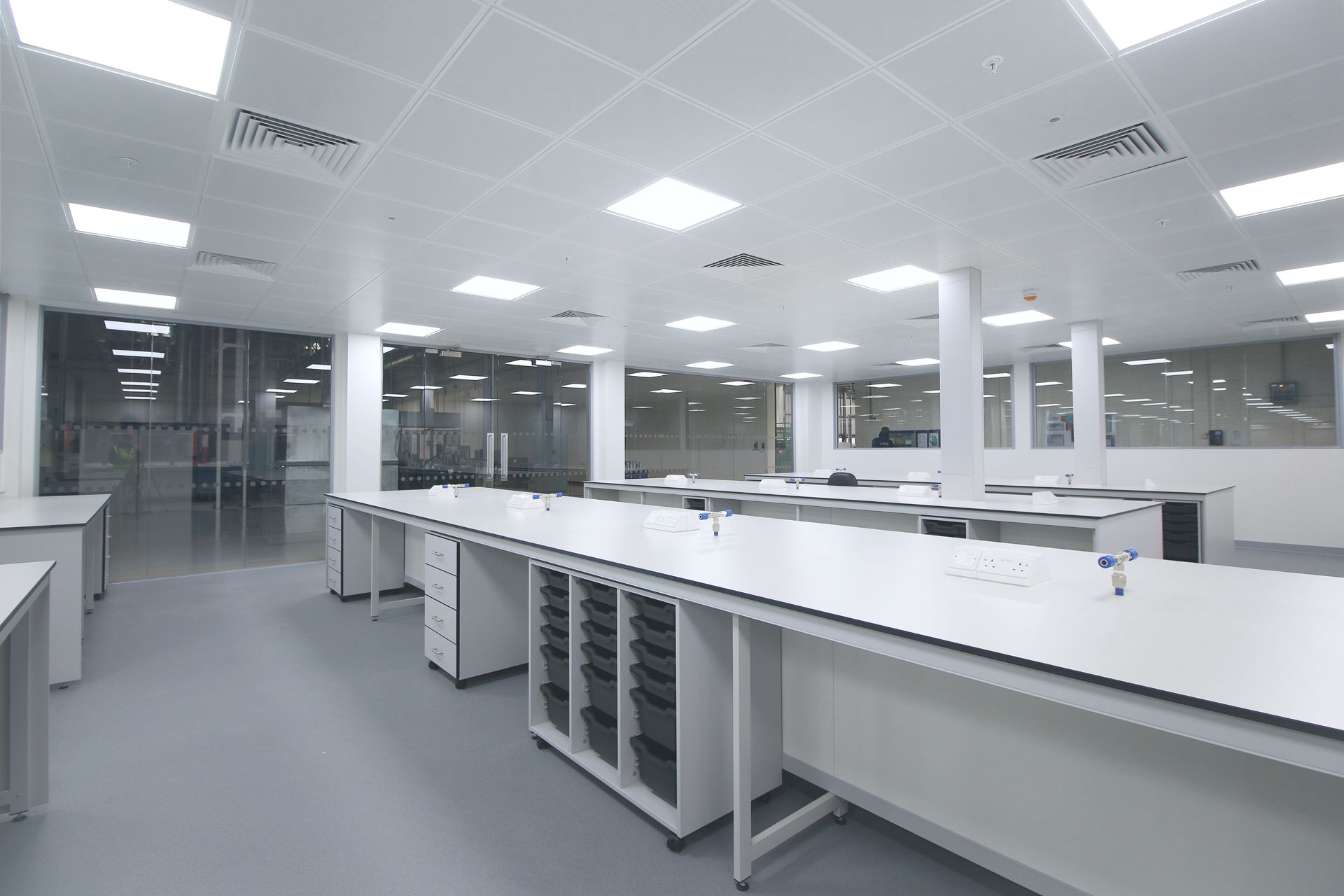Agile workplace design
November 11, 2019
What is agile working?
The term “agile working” has taken on a number of different meanings relating to different working practices. The Agile Organisation has posted an interesting article titled “What is Agile Working?” explaining that some confusion has been created because of this. For instance, does it relate to working from home, flexible hours, hot desking or other methods of using the workspace?
The author believes that: “Agile working incorporates dimensions of time and place flexibility, but also involves doing work differently focusing on performance and outcomes. In fact agile is more than working in a different way, it is being and behaving differently. It is transformational.”
Meeting differing preferences
A recent UK survey conducted jointly by the global consultancy Gensler and the BCO (British Council for Offices) about employee attitudes to the flexible or agile workplace in the corporate sector showed a mixed reaction to this new way of working.
While 29% of those surveyed believed that the practice had increased their efficiency, 38% disagreed. However, 57% did feel happier at work in a flexible work environment.
Difference in attitudes have also been recorded between generations. In a study reported on by the IT insights publisher tech radar pro, it was claimed that: “Given the younger generations’ increased use of collaboration tools, it’s no surprise that the survey revealed they expect more communication than older generations and are more likely to appreciate collaborative working."'
“Employees 55+ are also more likely than employees 25-34 to prefer working on their own (41% vs. 33%). Meanwhile, younger employees are more likely to see communication among their co-workers lacking – meaning organisations should facilitate – even encourage – more communication among these team members.”
Creating the agile workplace
Meeting the varying demands of all the workforce, to ensure that they are both productive and happy at work, is a key priority for Glenside as commercial interior design and office fit-out
specialists.
We have seen an increased demand for agile workplace design concepts from customers. However, businesses also understand that collaborative arrangements must accomodate the need for privacy. Both are key components in employee performance, motivation and wellbeing and both can be achieved within a well-planned and well-executed commercial interior project.
Structuring the office space is one important aspect, and the configuring of open spaces and partitioned areas can create both collaborative and private zones. The use of furnishings, booths and other installations provide further scope for meeting a varied range of workplace requirements.
Technological advances have increased opportunities for flexibility at work. Mobiles and online communications have enabled people to work from home or meet up with customers and colleagues in cafes for informal discussions. Office equipment has also become more compact, providing more space to play with for professional providers of workplace fit-out services such as ourselves.
Generating positive perceptions
The workplace has become increasingly relaxed and informal over recent years and businesses have also shown an increased awareness about corporate style and aesthetics, which are the key to excellence in agile workplace design. They will generate pride within the workforce impress visiting customers and stakeholders.
Recent projects undertaken by Glenside reflect this demand for flexibility and informality combined with high aesthetic standards. For instance, in Oxfordshire we have designed a fabulous breakout and flexible working areas for both a leading fire protection services company and a forward-looking housing association. Another exciting project we recently completed was for a major toy retailer in Buckinghamshire, which characterised the creativity and imagination of the brand.
Agile working in a motivational workplace environment is a very constructive development in business, industry and the professions. So we look forward to carrying out more inspiring agile workplace design projects in the future.
View more insights: Office Design I Industrial Property I Laboratories I Wellbeing & Productivity I Company Updates
Join Our Mailing List
All data is handled inline with our Privacy Policy and you may unsubscribe at any time.





